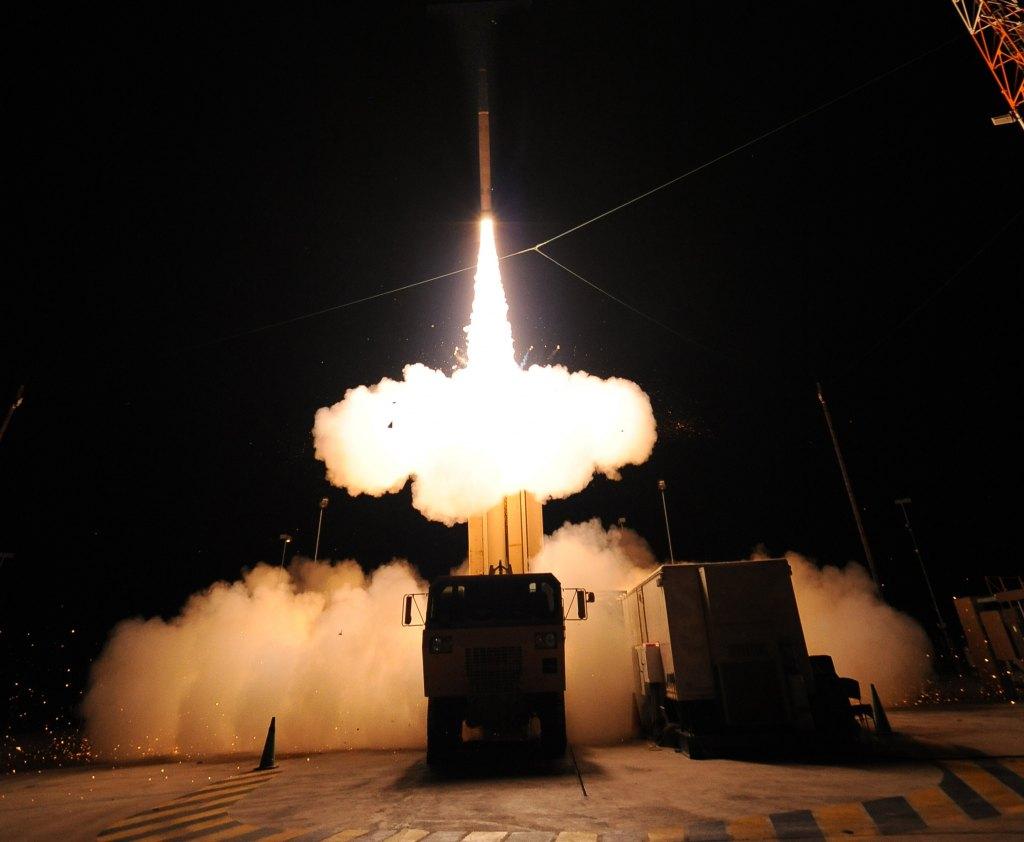Sharing intelligence data and services between the Department of Defense, Government agencies and coalition partners is becoming more seamless as Lockheed Martin upgrades the infrastructure that connects these multiple intelligence entities.
Under a contract awarded by the Distributed Common Ground System (DCGS) Multi-Service Execution Team Office (DMO), Lockheed Martin will upgrade the DCGS Integration Backbone (DIB).
“The current DIB architectural evolution is a critical step toward a true coalition intelligence sharing enterprise,” said Lt. Col. Thomas Tschuor, DMO Director.
“The key to this latest version is that this enhanced framework enables faster and more affordable exposure of intelligence data to the DIB federation at the enterprise level.”
Consisting of global sites capable of receiving, processing, correlating and disseminating intelligence feeds from multiple sources, the DCGS distributes intelligence from manned and unmanned reconnaissance sources based on the ground, in the air and at sea.
The DIB is the software framework that allows different areas of DOD to exchange intelligence acquired by DCGS, empowering joint warfighter collaboration, interoperability, and shared awareness.
“As an original member of the DIB development team, Lockheed Martin has maintained a prominent role on this capability since its inception in 2003,” said Jim Quinn, vice president of C4ISR Systems with Lockheed Martin IS and GS-Defense.
“These enhancements expedite intelligence to those who need it, and allow warfighters to better adapt to their perpetually changing environment.”
This latest version of the DIB, version 4.0, brings significant enhancements from the end user perspective.
The DIB is now seamlessly integrated with Google Earth, which will enable the multitude of warfighters already utilizing Google Earth for analysis to bring intelligence into their current environment, giving them a correlated visualization across the vast breadth of federated intelligence.
Other DIB updates include enhanced user interfaces for querying and viewing intelligence, as well as an increased capability to populate these user interfaces with valuable intelligence, accomplished through greater seamless interoperability with coalition partners.
This intelligence access is unprecedented, as prior to the development of the DIB, intelligence analysts had to visit multiple collection sources to locate the data needed to accomplish their missions.











